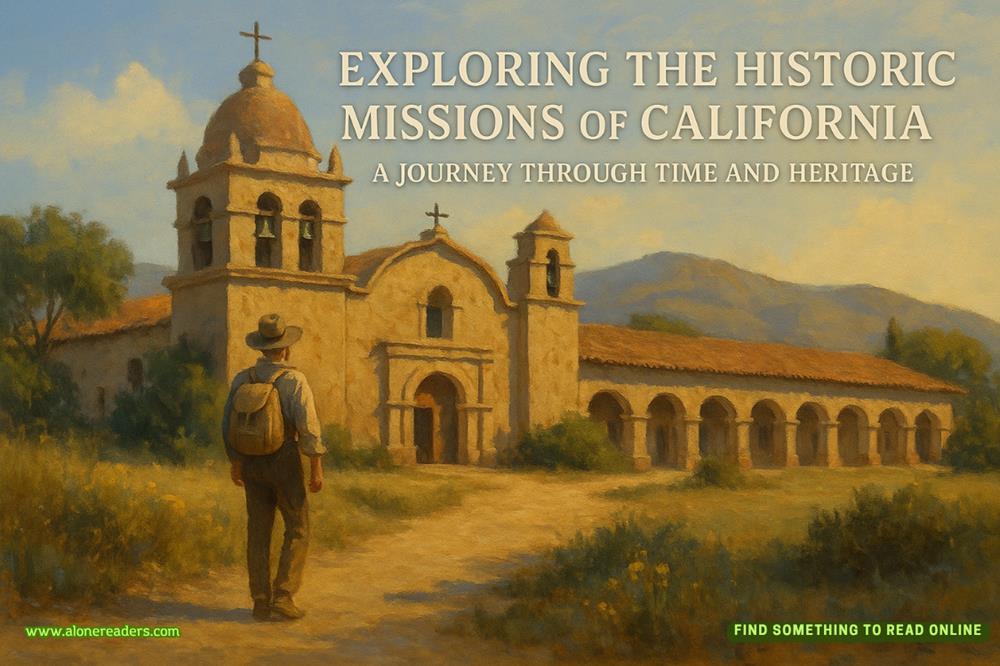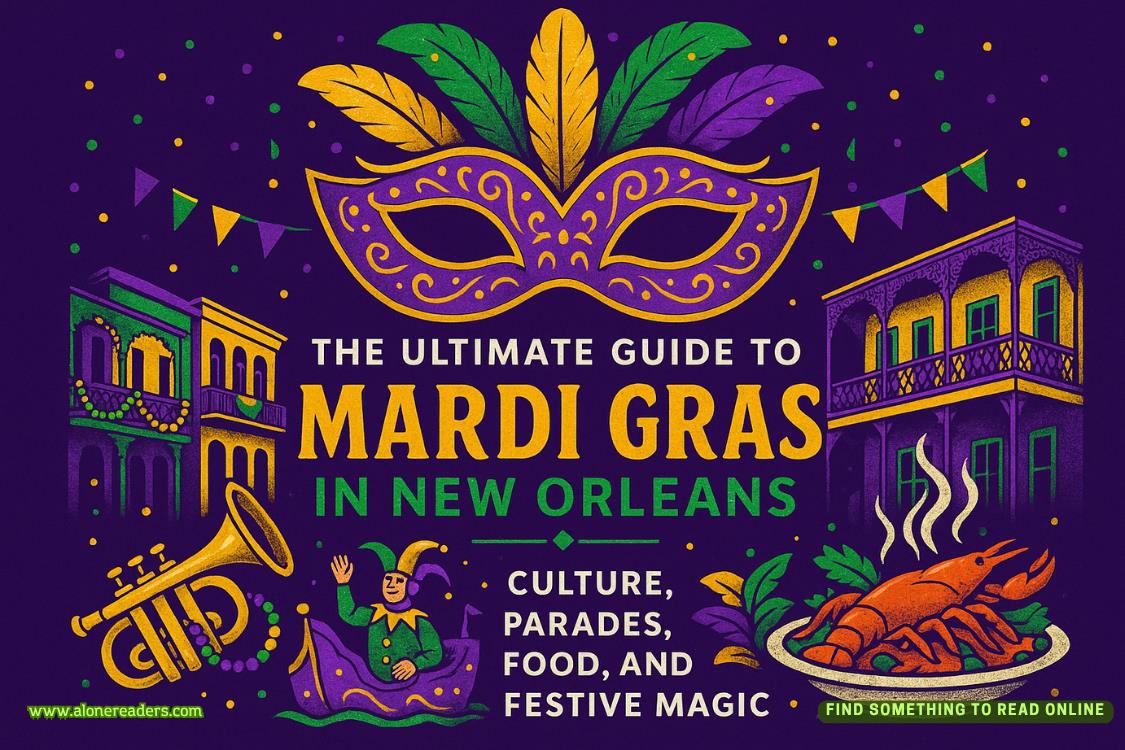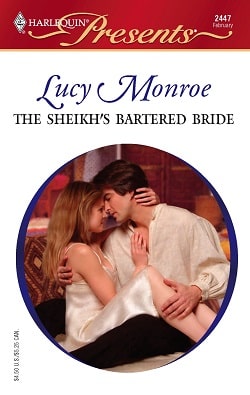“We’ll need to make sure we have a decent picture of Quimby,” Lipson said.
Still aimless, Gray spoke up. “Digby would be the one to ask, wouldn’t he? Shall I go and see what he can find?”
Izzy threw him a grateful smile. “Please. That will allow us to get on with our second page.”
Gray left them to it and went in search of Digby.
He found the lad still working alongside Maguire, cleaning individual pieces of type. When Gray asked about a photograph of Quimby, Digby said he knew of a few.
When the lad looked to Maguire, the older man grinned and tipped his head. “Best you go and find them. Mrs. Molly will want to see a rough of the front page, and if that’s going to be on it, we’ll need to work it up.”
Gray hid a grin over “Mrs. Molly” and followed Digby to the cabinets along the far wall. He watched as the lad ferreted about in the drawers, moving from one cabinet to another.
“I know they’re here somewhere,” Digby muttered. He glanced over his shoulder at Gray. “Mr. Q used himself as a model when he was experimenting, changing his settings or using different developing solutions.” The lad all but stuck his head in one of the bottom drawers, then emerged with a triumphant “Here they are!”
He straightened with a folder clutched in his hand.
Gray had been leaning against the table that Izzy had said was used to assemble the elements for each page; he stood as Digby laid the folder on the table and opened it.
Inside lay various photographs of a middle-aged man, possibly nearing fifty, of medium height and build, sporting wiry sideburns and curly, grizzled hair.
Gray had seen Quimby only in death. The photographs gave the man more depth and brought him alive in a way that, to Gray, he hadn’t previously been.
Digby was sorting through the prints, setting some aside. “These are the older ones—done with daguerreotype. We don’t have the negatives for them no more. But these”—Digby pushed forward a set of five photographs—“are more recent, taken using calotype, so we can use any of them.”
Gray studied the five prints. “Actually, we might want to use two. This one”—he tapped a classical portrait that showed Quimby full face, from the waist up—“because it shows his face most clearly, and this one.” He picked up a full-length image of the photographer, facing the camera from across a narrow street with the steps of a building behind him and two other men walking along the pavement. “It gives a better idea of how tall he was, and if we want people to remember if they saw him out and about, that picture is more likely to jog memories.”
Digby agreed unreservedly.
Gray tipped his head toward the office. “Why don’t we take these two to the office and explain why we think they should be the ones used?”
Digby gathered up the folder and, carrying the two selected prints in his hand, went with Gray to the office.
After contributing to the discussion over which photographs of Quimby would be used, Gray trailed Izzy as she and Lipson moved to the table used to lay out the page designs and commenced doing just that. They called Maguire over to discuss the size of type to be used for the various headlines, then blocked in the areas for the articles, notices, and photographs.
Gray found his opinion solicited regarding where best to place the announcement of the reward and was fascinated by the degree of understanding of their audience’s reading habits displayed by Izzy, Lipson, and Maguire. Once blocks of space for the various sections of text had been allocated, Maguire returned to his type while Izzy and Lipson surveyed the twelve individual pages, noting down all the blank spaces.
Pencil in hand, Izzy consulted a notebook, then stated, “I make that seven medium advertisements and a grand total of eighteen smaller.” She cocked a brow at Lipson.
He nodded. “That seems right.”
“How many slots have we already got filled?”
Gray realized she was talking about advertisements.
Lipson tipped his head from side to side. “We could fill them all right now, but given this is such a special edition and will get much greater circulation…” He looked questioningly at Izzy.
She nodded decisively. “Indeed. We should call in the advertisers and discuss a higher fee.” She tapped the pencil to her lips. “We could offer a special deal. A significantly higher fee for running in this edition”—she glanced at the rough layouts—“especially for the medium slots on the pages with the main story and the ads on the pages with the photographs and the notice of the reward, but as part of the deal, we’ll agree to revert to our previous rate for the following two editions, which will also benefit from the increased circulation.” She looked at Lipson. “What do you think? You’re the one who’ll be making the argument.”
Lipson nodded decisively. “They’ll all go for it. Once word about this hue and cry edition gets out, we’ll be beating off new advertisers with sticks, and our regulars are smart enough to know that.”
“Right, then. I’ll leave you to get cracking with that. Meanwhile”—Izzy looked at Gray—“I have a lead article and an obituary to write.”
She left Lipson making notes off the layout sheets and strode for the office.
Gray followed, but when Izzy—with a stern frown as a warning not to distract her—settled at her desk to write, he wandered out into the workshop again.
Lipson was standing behind the counter, working on a list, while Mary was perched on a stool farther along and busily writing. Izzy had mentioned that Mary wrote some of the pieces run in the paper, and she seemed to be working on an article of some sort.















